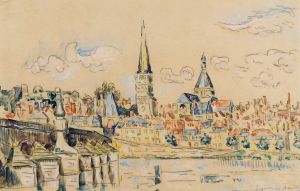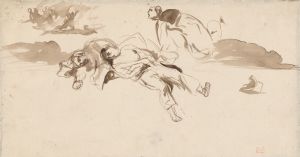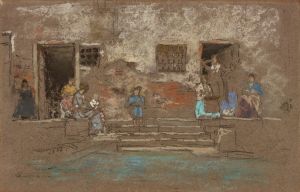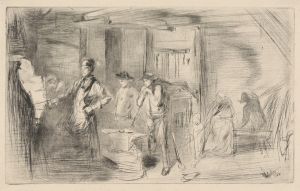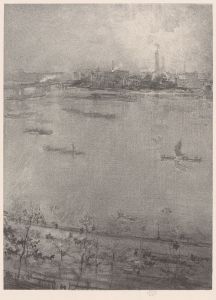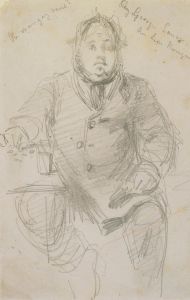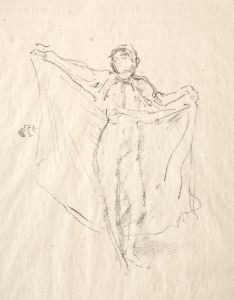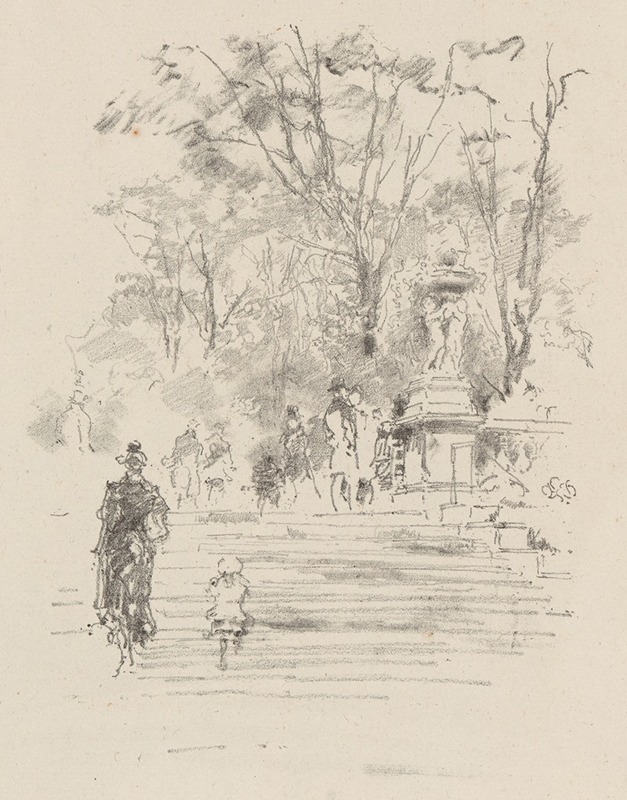
The Steps, Luxemburg Gardens, Paris
A hand-painted replica of James Abbott McNeill Whistler’s masterpiece The Steps, Luxemburg Gardens, Paris, meticulously crafted by professional artists to capture the true essence of the original. Each piece is created with museum-quality canvas and rare mineral pigments, carefully painted by experienced artists with delicate brushstrokes and rich, layered colors to perfectly recreate the texture of the original artwork. Unlike machine-printed reproductions, this hand-painted version brings the painting to life, infused with the artist’s emotions and skill in every stroke. Whether for personal collection or home decoration, it instantly elevates the artistic atmosphere of any space.
"The Steps, Luxemburg Gardens, Paris" is a painting by the American-born artist James Abbott McNeill Whistler. Whistler, who was born on July 11, 1834, in Lowell, Massachusetts, is renowned for his contributions to both American and European art in the 19th century. He spent a significant portion of his career in Europe, particularly in London and Paris, where he became an influential figure in the art world.
Whistler is best known for his innovative approach to painting and his role in the Aesthetic Movement, which emphasized the importance of beauty and visual harmony over narrative content. His works often focused on mood and atmosphere, with a particular interest in the effects of light and color.
"The Steps, Luxemburg Gardens, Paris" is one of Whistler's many works that capture the essence of urban life and landscapes. The painting depicts a serene scene in the Luxembourg Gardens, a famous public park in Paris. The gardens, originally created in 1612 by Marie de' Medici, the widow of King Henry IV of France, are known for their beautiful lawns, tree-lined promenades, and picturesque fountains.
In this painting, Whistler captures a quiet moment on the steps within the gardens. The composition is characterized by its delicate use of color and light, typical of Whistler's style. The artist employs a subtle palette, with soft hues that evoke a sense of tranquility and contemplation. The figures in the painting are rendered with a loose, almost impressionistic touch, blending into the surroundings and emphasizing the harmonious relationship between people and their environment.
Whistler's technique in "The Steps, Luxemburg Gardens, Paris" reflects his mastery of tonal harmony and his ability to convey mood through minimalistic means. The painting is an excellent example of his belief in "art for art's sake," a principle that suggests art should be appreciated for its beauty and form rather than its narrative content or moral message.
Throughout his career, Whistler was influenced by various artistic movements and styles, including Realism, Impressionism, and Japanese art. His time in Paris exposed him to the works of contemporary artists such as Gustave Courbet and Édouard Manet, whose innovative approaches to painting left a lasting impact on him. Whistler's own work, in turn, influenced many artists of his time and contributed to the development of modern art.
"The Steps, Luxemburg Gardens, Paris" is a testament to Whistler's ability to capture the essence of a place and moment with elegance and subtlety. The painting remains an important piece within his oeuvre, showcasing his unique vision and technical prowess.
James Abbott McNeill Whistler continued to create art until his death on July 17, 1903. His legacy endures through his numerous paintings, etchings, and writings, which continue to be celebrated for their beauty and innovation. "The Steps, Luxemburg Gardens, Paris" is a fine example of his work, reflecting his dedication to the aesthetic principles that defined his career.





